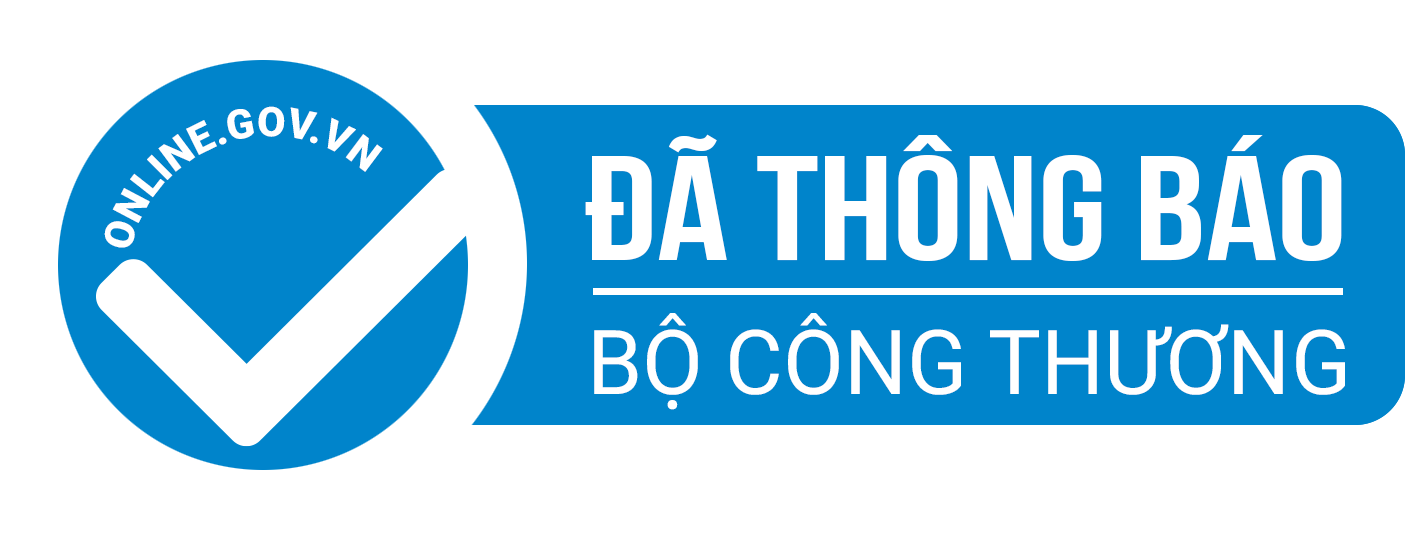The Southeast Asian office market is flourishing
In the latest report from JLL Vietnam, this unit expects demand for office space in Southeast Asia will increase by 6% annually from 2018 to 2021.
Office rental market is preparing for the boom period
Demand for office space in Asia Pacific grows
In Quarter II / 2018, Hanoi has no additional Grade A and B office projects
Many positive developments
In the past six quarters, office absorption has accelerated due to strong demand, particularly in Manila, Singapore, Ho Chi Minh City and Jakarta.
Regina Lim, Capital Market Research Director, JLL Southeast Asia, said: "Information technology, e-commerce and flexible space are key to driving demand for office space. In the period 2018-2022, we forecast that office absorption in Southeast Asia will increase by 6% per year, in the context of a 5% annual increase in GDP. "
The office market of Southeast Asian countries continues to have impressive growth. In Singapore, rents have started to recover from last year and are projected to increase by 20-25% between 2018 and 2020, achieving the fastest growth in the world. With retail segment, JLL forecasts that rents in the CBD will increase from 0.5% - 1% in the next 4 years.
Meanwhile, in Jakarta, the absorption rate also increased sharply. 2018 is forecasted to be the new record year for supply in Jakarta. Nonetheless, net absorption will continue to be strong as technology companies, coworkers and key tenants in the metropolitan area continue to expand. Offices rents are projected to fall by 2-3% in the second half of the year before moving into a gradual recovery in 2019.
With the Kuala Lumpur market, due to the large volume of new supply, this market needs more time to absorb. The suburban area is expected to perform well due to improved connectivity and limited supply. Office rents and prime costs in central Kuala Lumpur are projected to fall 2.3% and 6% respectively, while in the suburbs, growth is forecast at 2.6% and 0.6%, respectively.
Among the notable markets, Manila emerged as an oversupply. Although the number of offices completed in 2018 hit a record, the vacancy rate was only 2.2% in the second quarter. In the second quarter of 2018, net absorption increased by 22,000 square meters. Tenants are mainly outsourcing and offshoring companies, online game operators and service companies, marketing and information technology. JLL expects the occupancy rate to be over 96% in 4Q18 (94.7% higher than previously forecast).
Vietnam, optimistic forecast
Both Vietnam's major office leasing markets, Hanoi and Ho Chi Minh City, saw positive developments.
In Hanoi, the demand for Grade A & Grade B offices in 2018 - 2019 will continue to grow on a positive economy. High occupancy rates have been recorded in both the Grade A and Grade B office markets, the establishment of new companies and further expansion is still the main driver of office demand.
Up to the end of Q2 / 2018, total office space in HCMC. HCM increased to 1,945,000 m2 with the rate of absorption of grade A and B grade is higher than 95%.
Rising rents are fueled by steady demand and better construction quality of future buildings. A large number of high-quality Grade B buildings scheduled to be completed by 2020 could put pressure on Grade A, especially old projects that are slowly degrading.
"Vietnam is one of the fastest-growing e-commerce and mobility markets in the region," said Stephen Wyatt, General Director of JLL Vietnam. This trend will have a positive impact on the office market as domestic and foreign companies will continue to seek suitable locations for office space in a promising market. "
Source: tinnhanhchungkhoan.vn
Office rental market is preparing for the boom period
Demand for office space in Asia Pacific grows
In Quarter II / 2018, Hanoi has no additional Grade A and B office projects
Many positive developments
In the past six quarters, office absorption has accelerated due to strong demand, particularly in Manila, Singapore, Ho Chi Minh City and Jakarta.
Regina Lim, Capital Market Research Director, JLL Southeast Asia, said: "Information technology, e-commerce and flexible space are key to driving demand for office space. In the period 2018-2022, we forecast that office absorption in Southeast Asia will increase by 6% per year, in the context of a 5% annual increase in GDP. "
The office market of Southeast Asian countries continues to have impressive growth. In Singapore, rents have started to recover from last year and are projected to increase by 20-25% between 2018 and 2020, achieving the fastest growth in the world. With retail segment, JLL forecasts that rents in the CBD will increase from 0.5% - 1% in the next 4 years.
Meanwhile, in Jakarta, the absorption rate also increased sharply. 2018 is forecasted to be the new record year for supply in Jakarta. Nonetheless, net absorption will continue to be strong as technology companies, coworkers and key tenants in the metropolitan area continue to expand. Offices rents are projected to fall by 2-3% in the second half of the year before moving into a gradual recovery in 2019.
With the Kuala Lumpur market, due to the large volume of new supply, this market needs more time to absorb. The suburban area is expected to perform well due to improved connectivity and limited supply. Office rents and prime costs in central Kuala Lumpur are projected to fall 2.3% and 6% respectively, while in the suburbs, growth is forecast at 2.6% and 0.6%, respectively.
Among the notable markets, Manila emerged as an oversupply. Although the number of offices completed in 2018 hit a record, the vacancy rate was only 2.2% in the second quarter. In the second quarter of 2018, net absorption increased by 22,000 square meters. Tenants are mainly outsourcing and offshoring companies, online game operators and service companies, marketing and information technology. JLL expects the occupancy rate to be over 96% in 4Q18 (94.7% higher than previously forecast).
Vietnam, optimistic forecast
Both Vietnam's major office leasing markets, Hanoi and Ho Chi Minh City, saw positive developments.
In Hanoi, the demand for Grade A & Grade B offices in 2018 - 2019 will continue to grow on a positive economy. High occupancy rates have been recorded in both the Grade A and Grade B office markets, the establishment of new companies and further expansion is still the main driver of office demand.
Up to the end of Q2 / 2018, total office space in HCMC. HCM increased to 1,945,000 m2 with the rate of absorption of grade A and B grade is higher than 95%.
Rising rents are fueled by steady demand and better construction quality of future buildings. A large number of high-quality Grade B buildings scheduled to be completed by 2020 could put pressure on Grade A, especially old projects that are slowly degrading.
"Vietnam is one of the fastest-growing e-commerce and mobility markets in the region," said Stephen Wyatt, General Director of JLL Vietnam. This trend will have a positive impact on the office market as domestic and foreign companies will continue to seek suitable locations for office space in a promising market. "
Source: tinnhanhchungkhoan.vn
Register To Receive Information
Register To Receive Information GỌI ĐIỆN
GỬI THÔNG TIN THÀNH CÔNG
Chúng tôi sẽ liên hệ lại trong thời gian sớm nhất !
GỬI THÔNG TIN THÀNH CÔNG
Chúng tôi sẽ liên hệ lại trong thời gian sớm nhất !



 Liên hệ ngay
Liên hệ ngay 0917612020
0917612020
